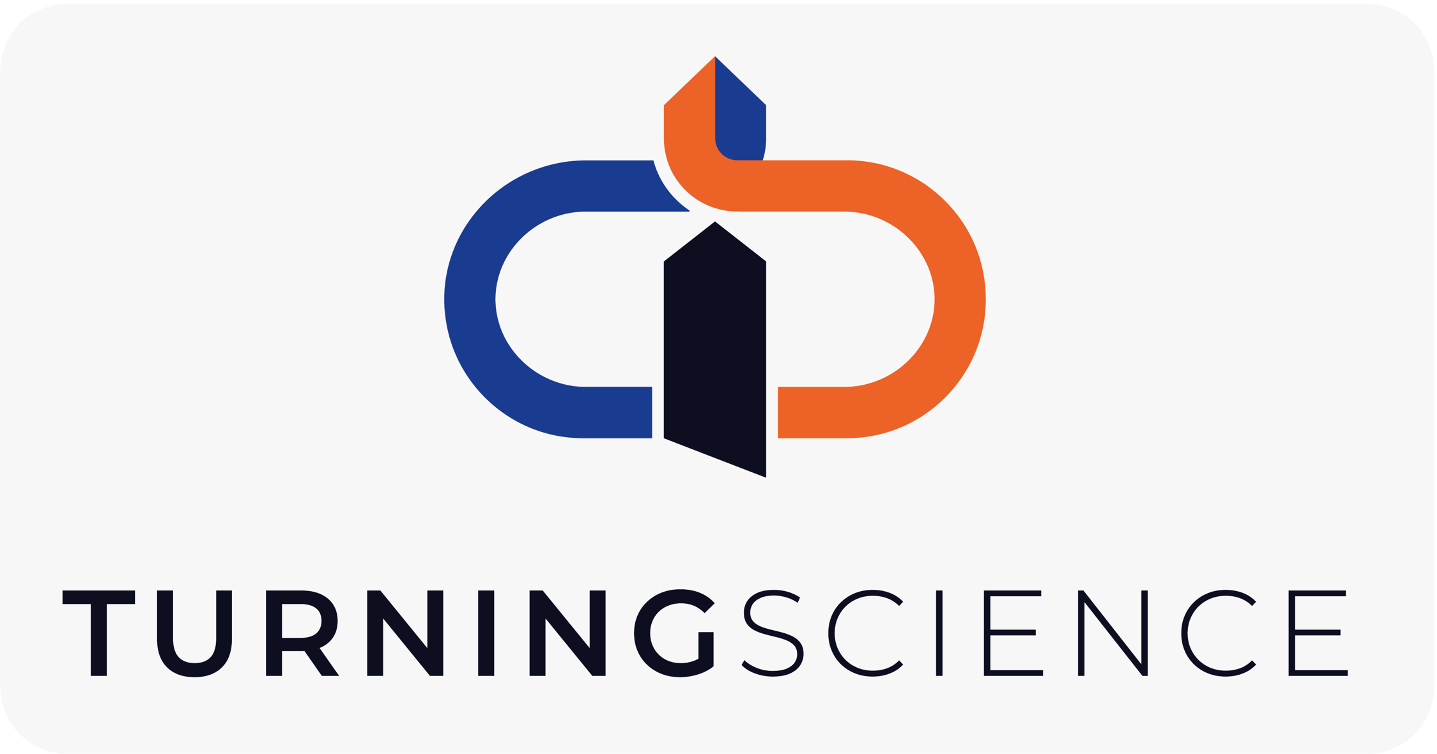
We Turn Scientists into Businesspeople
A scientist in industry needs to shift their perspective
Academia is about creating knowledge, but industry is about creating profit.
Your PI taught you to create knowledge.
They probably didn’t teach you how to create business value.
We can teach you that.
What are the other critical differences between industry and academic research?
We have a PDF that will tell you. Click the button below and say ‘Send me the PDF that explains how industry is different than academia!’
Product Commercialization
Bringing new technology to market is one of the most exciting and rewarding things scientists can do. But product development is very different than lab research, and a very different set of rules applies. Many times, the researchers who excel at discovering new technologies are not so experienced at turning that technology into a scalable, viable, and profitable product.
We help scientists commercialize their ideas, or as I call it 'turn science into things people need.' With more than 20 years of experience commercializing a variety of technologies in companies ranging from 20 people to more than 30,000 people, I bring a deep knowledge of what it takes to make a new product successful.
Five key elements that all successful products need:
1. Definable
A product must be clearly defined in terms of 1) what it does, 2) what it doesn’t do, 3) how it is built and tested, and 4) how the customer will use it to get the results they expect. Avoid the tendency to leave things vague or ‘flexible’. This will come back to haunt you later. Complex products benefit from good system engineering that breaks the product into subsystems with clear specifications and interfaces between each subsystem.
2. Viable
A product must solve a problem that is clearly defined and understood. There needs to be a customer who will pay for a better solution than whatever they are currently doing. There need to be enough of these customers on the planet to make the product financially attractive. This is a critical part of the market study that should be done prior to the product development launch. Enthusiastic business development teams need to be careful not to stop at simply finding customers who ‘like’ their product idea. They need to validate that a sufficient number of customers will actually pay the target price before deciding a product concept is viable.
3. Reliable
A product must be robust enough that it will perform as expected over a suitable range of environmental conditions and use cases to meet the customers’ needs. Too many technology companies rush to package a new technology in a box and ship it, without ensuring that it will meet the reliability requirements. This amounts to a science project in a box, and often results in an initial burst of sales followed by unhappy customers who will neither speak well of your product nor buy additional product.
4. Scalable
Producing a profitable product ultimately requires scaling production to build a much higher volume of product than were built and tested during the development process. This requires assembly and test by people with less skill than the team who designed it, so that a viable profit margin can be maintained. A technology product that is assembled, tested, and tweaked by PhDs is rarely ever profitable. Achieving the reliability targets requires a high degree of consistency in every device that is produced. Scalability must be planned into the product design, assembly, and test procedures.
5. Profitable
Profitability is the ultimate goal for any product, and in addition to the previous four optimization elements, a product team must optimize for the fundamental financial quantities of Average Sale Price (ASP), revenue targets, and Cost of Goods Sold (COGS). The accuracy of these projections is a key element of whether or not the product is ultimately profitable.



